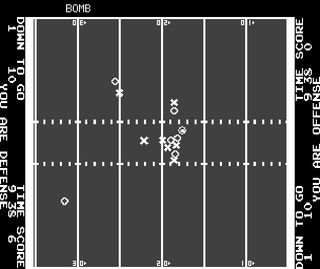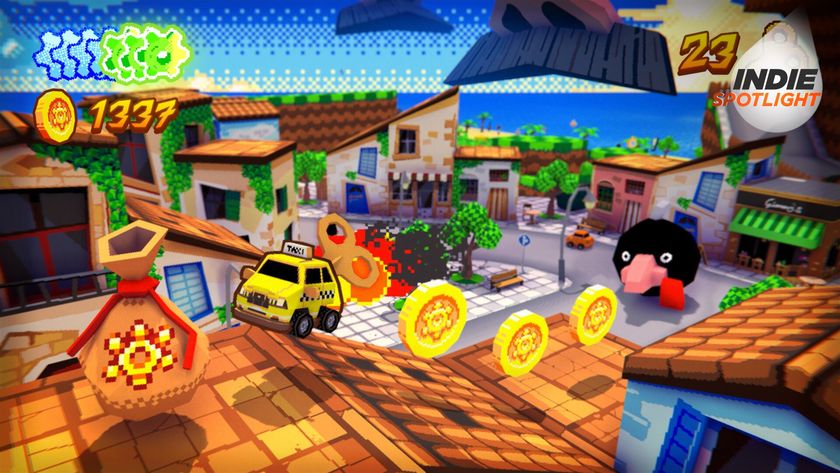Gaming's most important evolutions
35 features that changed the course of interactive entertainment, one game at a time
First seen in: Atari Football (1978)

Important because: Do you like your 2D action to unfold in something bigger than a single, static arena that doesn’t do anything aside from take up the entire screen? Then scrolling, which moves a much larger background to follow the action, is pretty essential. Surprisingly, this technology didn’t debut in the glorious Defender or the abysmal Pac-Land, but in an ugly, black-and-white football sim from Atari.
True, teams of X’s and Os chasing each other across a bunch of vertical lines and bars is an anticlimactic far cry from scrolling mountains or obstacles. But every cool technology has to start somewhere.
Legacy: In finding an elegant solution for displaying a football field – a seamless environment too big to be contained by a single screen, with action that wouldn’t make sense spread across several static screens – Atari Football blazed a trail that would be followed by most of the games of the ‘80s and early ‘90s. And that’s to say nothing of every complicated, league-endorsed sports game that followed it.
Sign up to the GamesRadar+ Newsletter
Weekly digests, tales from the communities you love, and more

The other big Soulslike out this week has some Bloodborne and Dark Souls 3 in its combat, dev says, but "we would rather call AI Limit an action RPG"

Marvel Rivals puts fun first in game balance, but new heroes and maps can still get complicated: "We joke about when we develop a hero and when we develop a new map, it's just doing science research"











